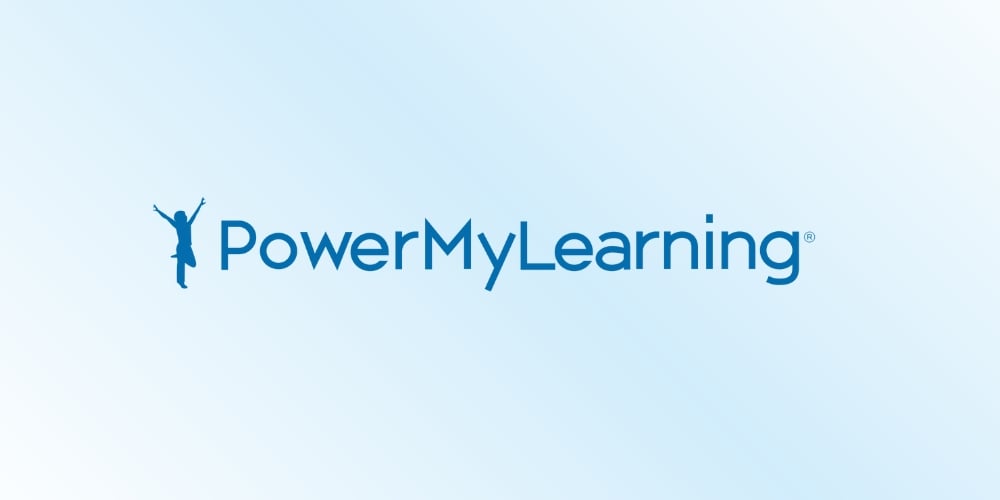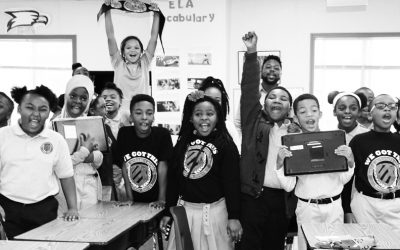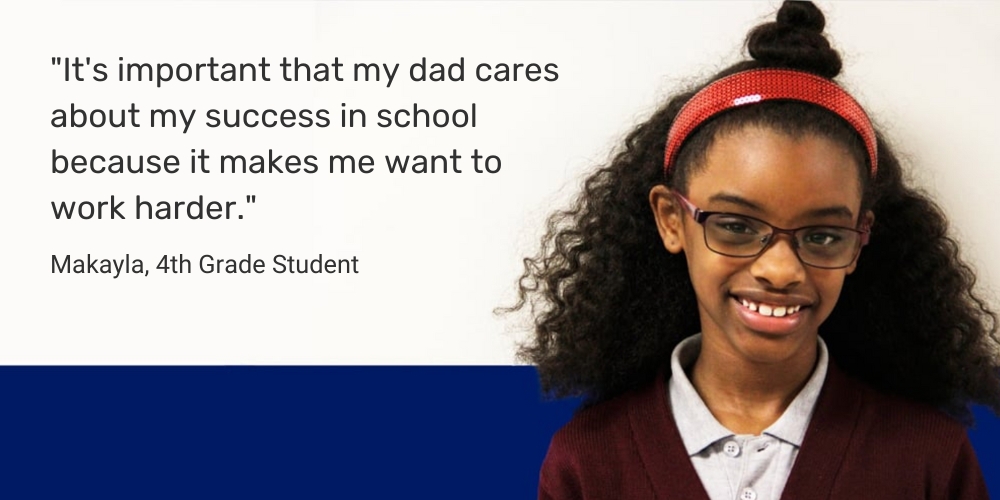Lose your focus to solve THIS problem
Have you ever had a sudden insight, or a “Eureka!” moment? One of those times when you’re working on a difficult problem and, just before you give up, a light bulb goes off in your head and you suddenly know the answer? I love when those moments happen to me and so I recently re-read a 2008 New Yorker article about the science behind them. Surprisingly, diving back into this article after many years was an uncomfortable experience, since solving problems through a sudden insight feels so different from the way we, as educators, expect students to solve problems today.
The article is called “The Eureka Hunt” and it details the research of Mark Jung-Beeman and John Kounios. Using brain imaging techniques, these two scientists were able to identify the specific areas of the brain that were activated when participants were presented with, and solved, various verbal brainteasers. They noted that when participants solved the puzzles through the methodical testing of possible solutions (an important part of critical thinking skills), the left hemisphere of their brain was activated. However, whenever participants solved the puzzles through a sudden flash of insight, a specific area in the right hemisphere of their brain was activated. It was these sudden and unexpected insights — a Eureka moment — when the human brain was able to instantaneously arrive at the correct solution. And interestingly, in order to solve a problem using the right hemisphere of the brain you must relax: the right brain cannot take over when you are focused intensely.
Re-reading this article made me uncomfortable because it points out the paradox teachers face when helping children learn how to problem-solve. On the one hand, children must learn to solve problems using critical thinking skills, as a vast number of problems we solve every day require them. Yet on the other hand, I can’t help but wonder if all the important work we have done in our country to help children use this approach has unintentionally stunted their growth in solving problems using insight. Let me explain how.
First, in most of our nation’s classrooms we expect students to be able to focus and concentrate. We call out students who let their minds wander. Yet the “Eureka Hunt” article shows that “a clenched state of mind” coming from focusing intensely, minimizing distractions, and paying attention only to the relevant details can interfere with insight, while letting one’s mind wander can encourage it. It’s actually by focusing on losing your focus that you can solve insight problems.
Second, teachers encourage and even expect students to be able to explain their work. My team at PowerMyLearning would give an A+ to a teacher who helps her students learn to explain their thought processes while solving a problem. Yet while this instructional approach is a huge help for critical thinking, the “Eureka Hunt” article shows that making people explain their thought process while trying to solve a puzzle can actually interfere with insight. Why? Well as Jung-Beeman describes, “the act of verbal explanation naturally shifts activity to the left hemisphere, causing people to ignore the more subtle associations coming from the right side of the brain.”
So what are we to do with these startling findings? Can schools encourage students to learn both ways of solving problems? Can we make room for students to have insights as part of the learning process and if so, how? One option might be offering students the opportunity to solve puzzles that require insight. For example, in a New York Timesop-ed called “The Importance of Recreational Math,” Manil Suri describes a series of puzzles designed by Martin Gardner that ran in Scientific American for more than 25 years. These puzzles did not require advanced mathematical knowledge, and, as Suri writes, “the solution in such puzzles usually pops up in its entirety, through a flash of insight [emphasis my own], rather than emerging steadily via step-by-step deduction.” Students could do these puzzles either during the school day or for homework.
More importantly, teachers could help students understand which part of their brain is activated as they problem-solve while using insight vs. a step-by step approach. And teachers could help students learn strategies that can be employed to help themselves have an insight — strategies such as concentrating until you have an impasse, and then relaxing in order to let the right hemisphere of your brain take over. Ways of relaxing that are mentioned in the “Eureka” article include talking a walk or even sleeping on a problem and seeing if your brain has solved it overnight.
I personally think it is worth exploring how to make room for the insight-way of problem-solving in our K-12 schools. Since problem-solving is such an important competency for the 21st century, equipping students with all the methods and strategies for doing so will be critical for their success.
On that note, I leave you with a Gardner insight-puzzle: “How can you identify a single counterfeit penny, slightly lighter than the rest, from a group of nine, in only two weighings?”
What strategies will you use to let the right hemisphere of your brain do its magic?
As always, I’m interested in hearing your thoughts on insight problem-solving. Do you have a favorite puzzle or resource of puzzles that require insight to solve? Do you share these with the children in your life? Please reply and let me know!


